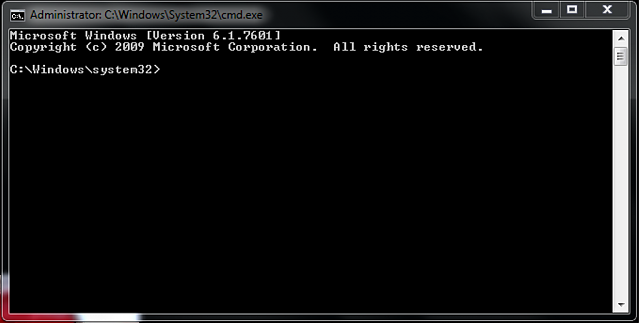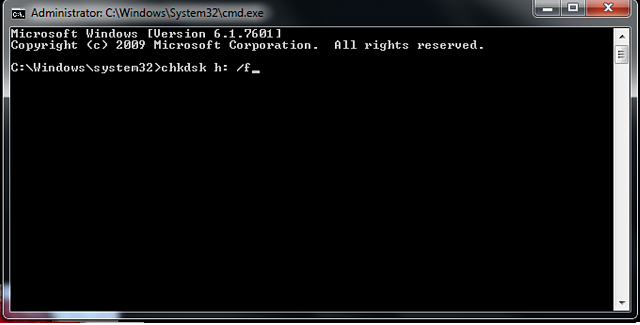This Video is absolutely for Educational Purposes only, please don't do any illegal activity. If you do then I'm not responsible for your illegal activity. The purpose of this video is to show you How hackers can hack your social media by using their own local servers.
Basically these type of attacks known as Social Engineering attacks or Phishing. Attacker just send the duplicate vulnerable HTML page to the victim, when victim enters any type of information to that vulnerable page it'll automatically received by the attacker.
Phishing is a form of fraud in which an attacker masquerades as a reputable entity or person in email or other communication channels. The attacker uses phishing emails to distribute malicious links or attachments that can perform a variety of functions, including the extraction of login credentials or account information from victims.
How phishing works
Phishing attacks typically rely on social networking techniques applied to email or other electronic communication methods, including direct messages sent over social networks, SMS text messages and other instant messaging modes.Phishers may use social engineering and other public sources of information, including social networks like LinkedIn, Facebook and Twitter, to gather background information about the victim's personal and work history, his interests, and his activities.
Hacking by PHP
As PHP is server side scripting language so first of all you have need to install a local server (WAMP, XAMPP or LAMPP) over your system. Because if there is no any server running on your system then you can't even run your PHP script. So if you wanna do a programming with PHP this is the first step to download and install a server from the Internet. You can easily download and install servers by watching my videos. Just visit my YouTube channel and watch there.Hacking Facebook By Using PHP Script | Social Engineering Attack | You can perform this attack over LAN and WAN (Same or Different Networks)
More info
- Curso De Hacking Gratis
- Javascript Hacking
- What Is Growth Hacking
- Python Hacking
- Hacking Attacks
- El Mejor Hacker Del Mundo
- Brain Hacking
- Drupal Hacking
- Hacking The Art Of Exploitation
- Hacking Desde Cero
- Geekprank Hacking
- Hacking Web Sql Injection
- Hacking Wallpaper
- Growth Hacking Definicion
- Ethical Hacking Certification

























